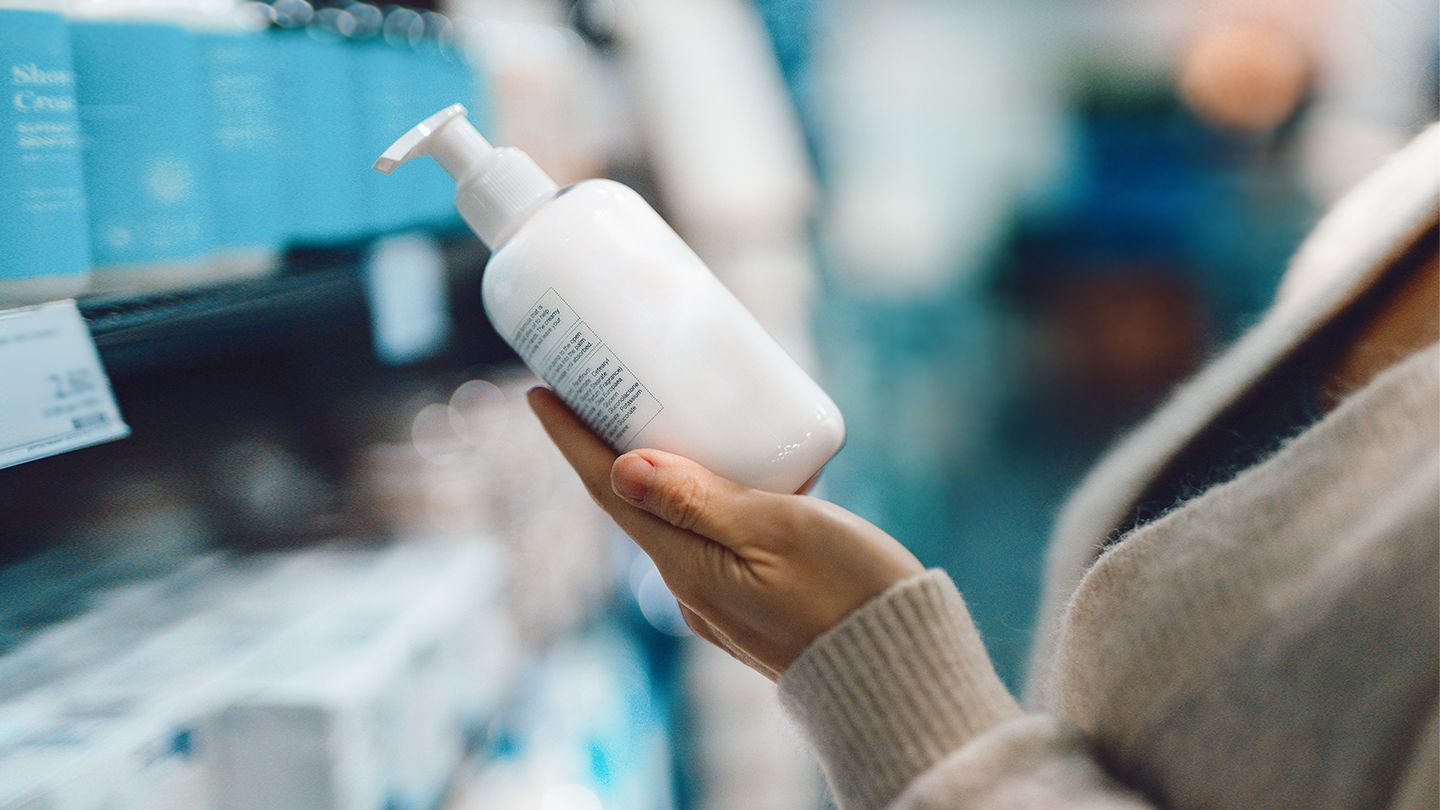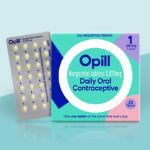In general, alopecia usually requires stronger treatments than those found over the counter. That said, some products might work for mild alopecia or as a supplement to a stronger solution.
“It is best to use it early to preserve the hairs growing on the scalp, [because if] hairs have miniaturized, minoxidil may help to restore some features of the hair before it was as thin and fine,” says Dr. Bordone.
When it comes to hair loss in other areas, “Minoxidil does help to improve facial hair growth when applied consistently to the beard area,” Bordon notes. “It can also help eyebrow growth, but great care would need to be taken to avoid getting minoxidil in the eye. Use along the eyelashes is strongly discouraged.”
At the same time, there is some risk of excessive hair growth on the forehead and sideburn area when minoxidil is applied to the scalp, says Bordone. Hair growth in unwanted areas affects 5 to 38 percent of people who use low doses of minoxidil, according to a study.
“If facial hair becomes excessive, and this is sometimes problematic in women, the minoxidil would need to be discontinued,” she says. “If hair growth persisted beyond six months after discontinuation, then laser hair removal or other treatments to reduce hair would likely be needed.”
Read the full article here




